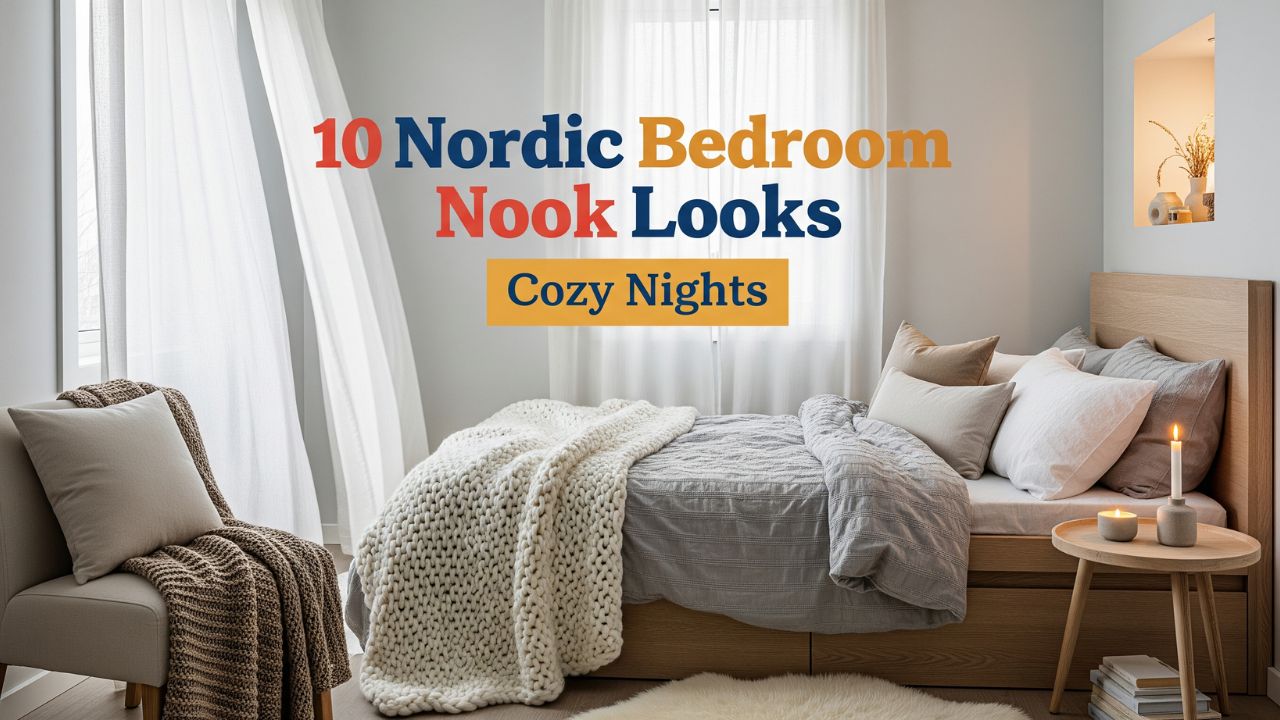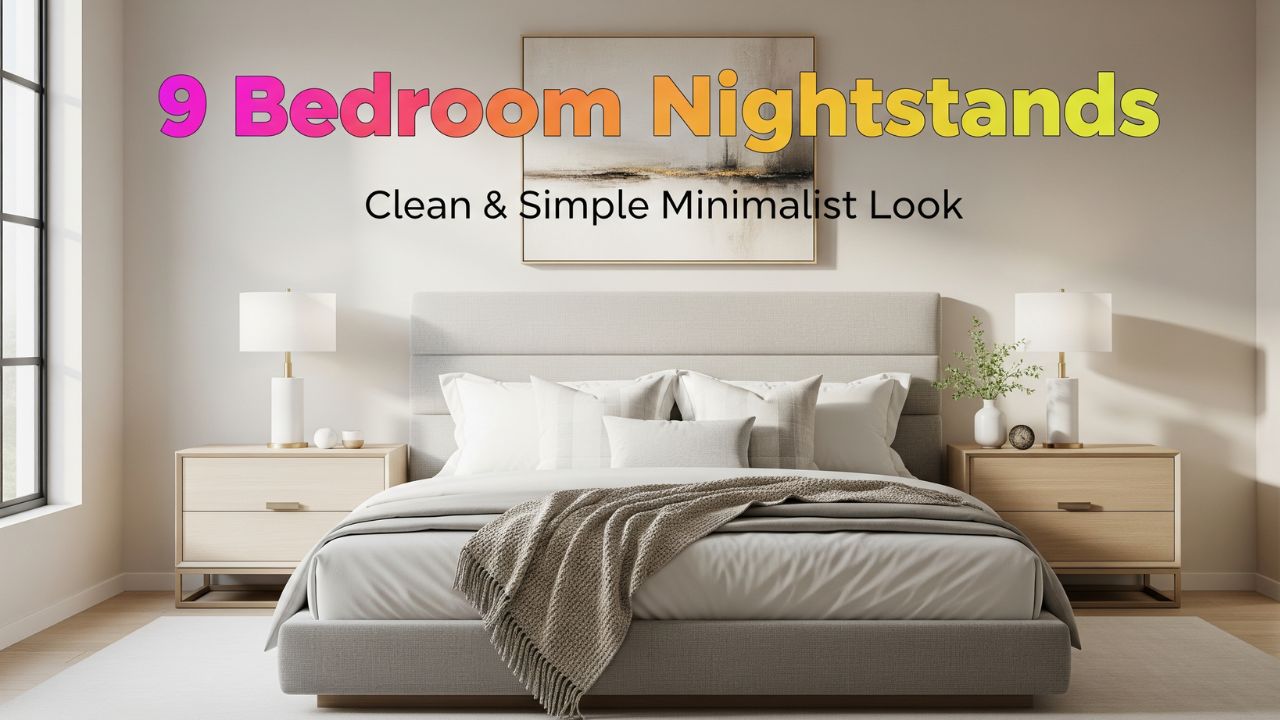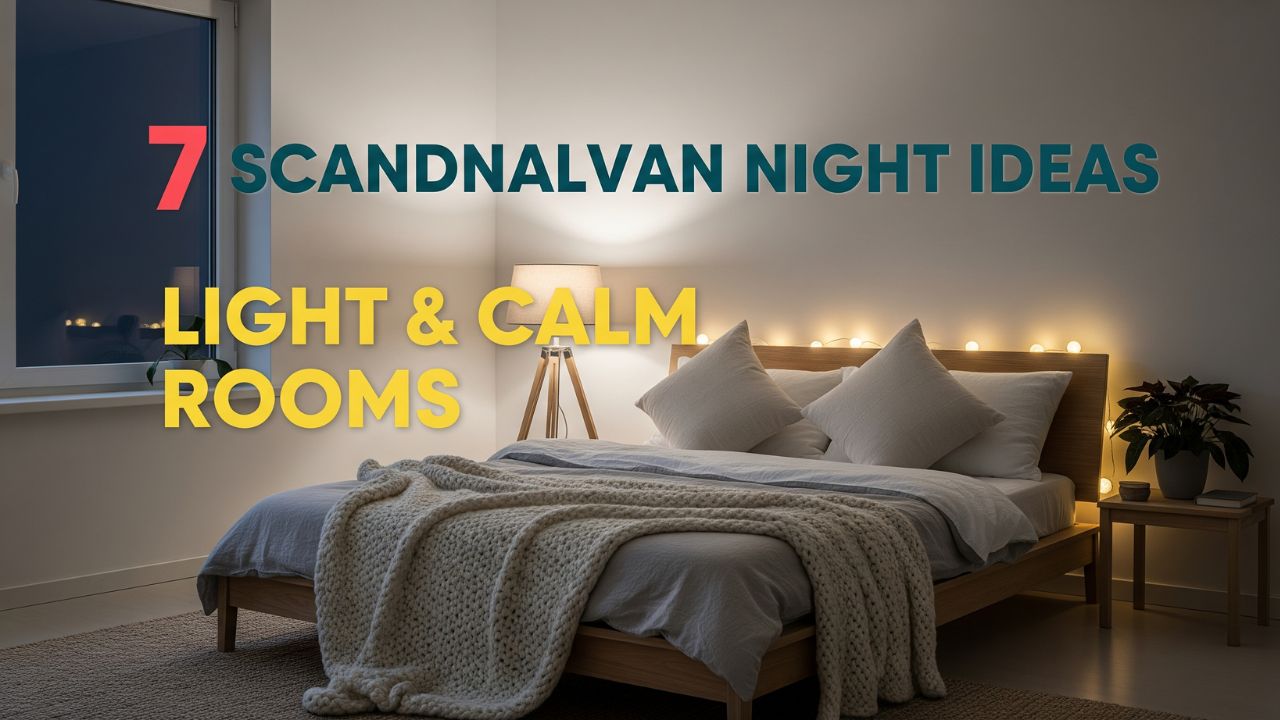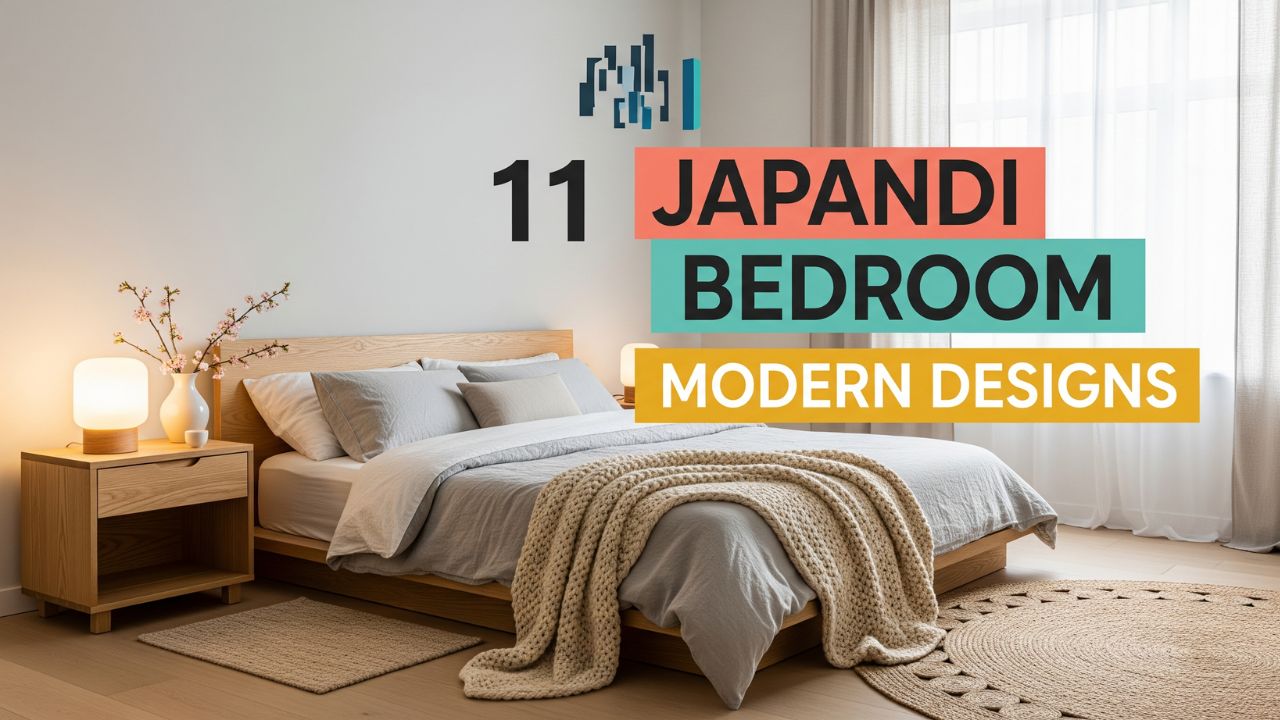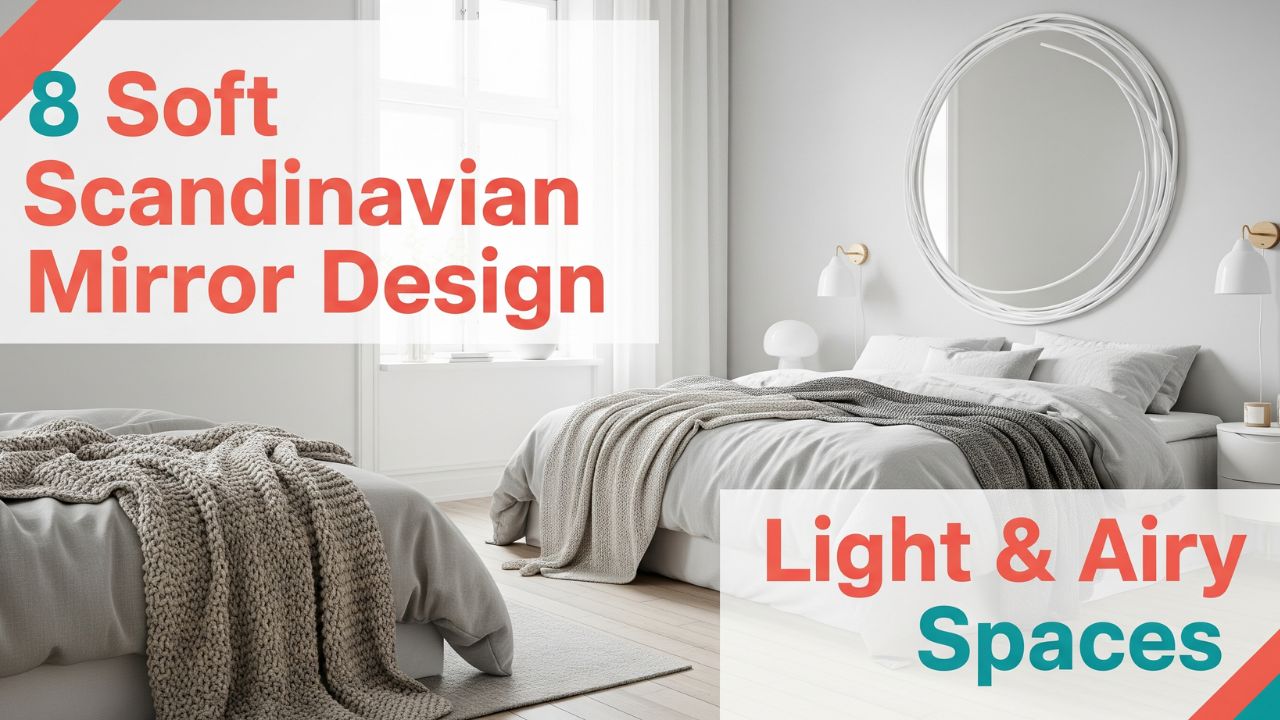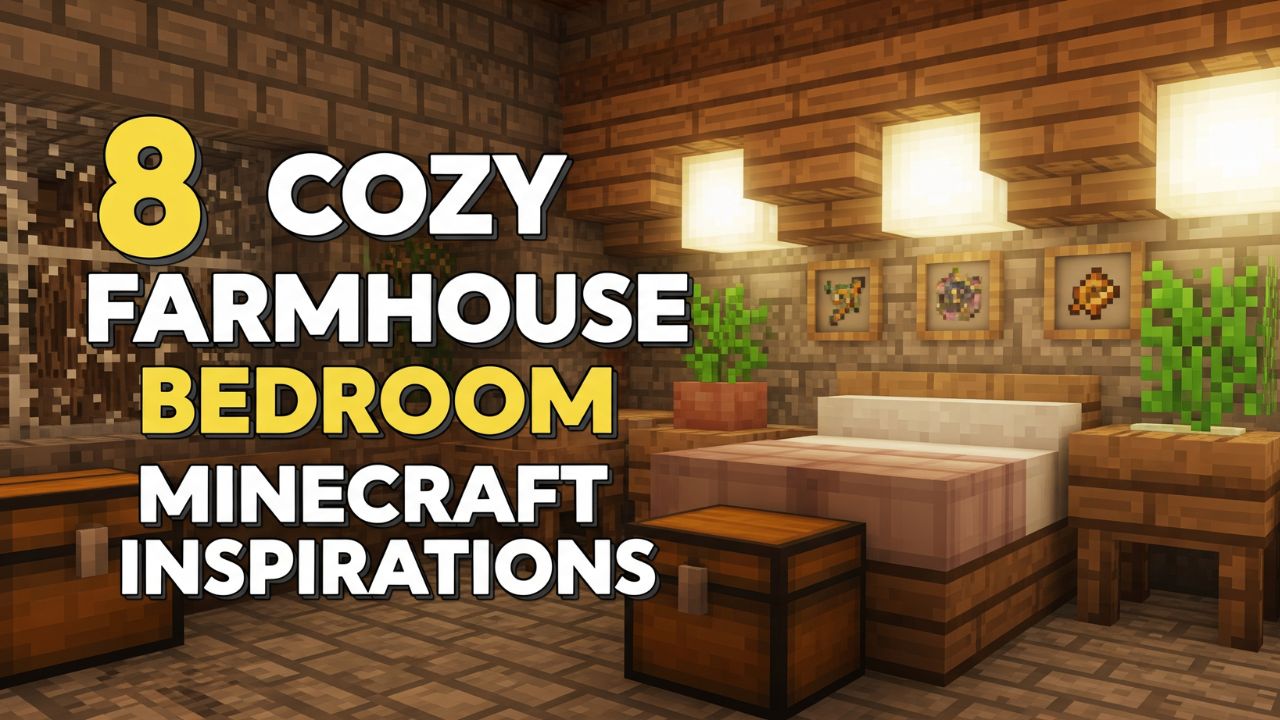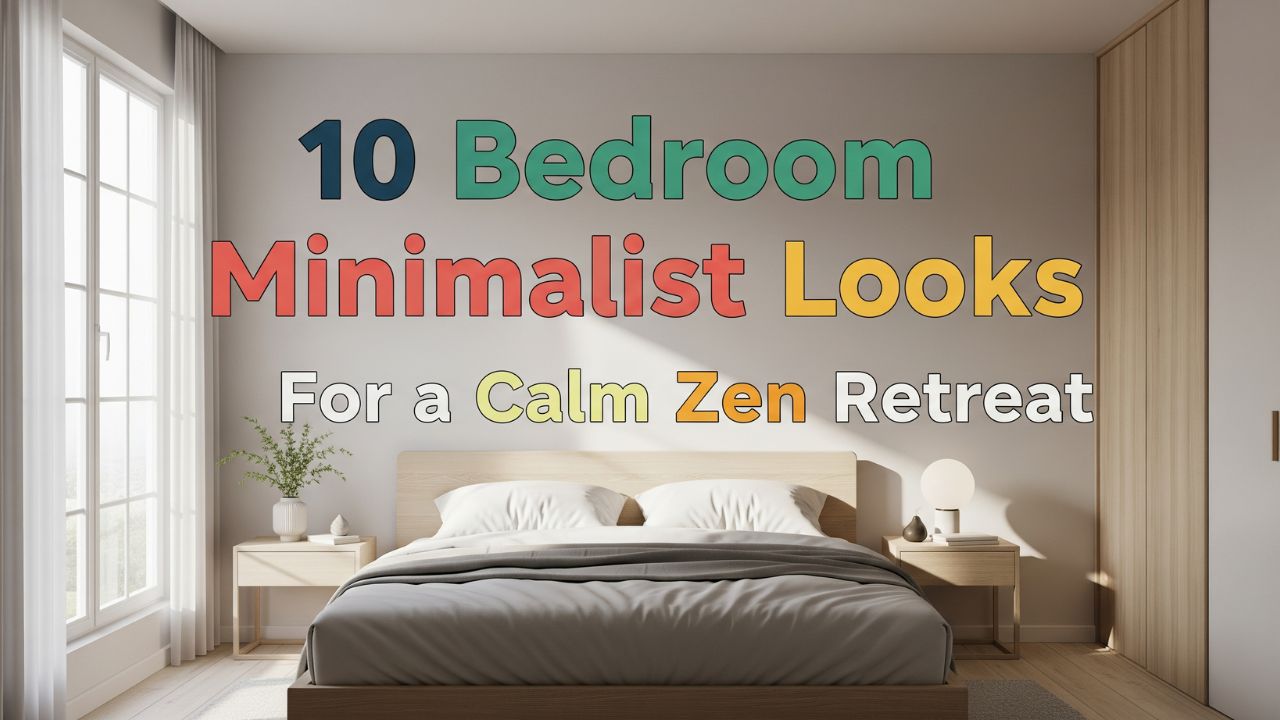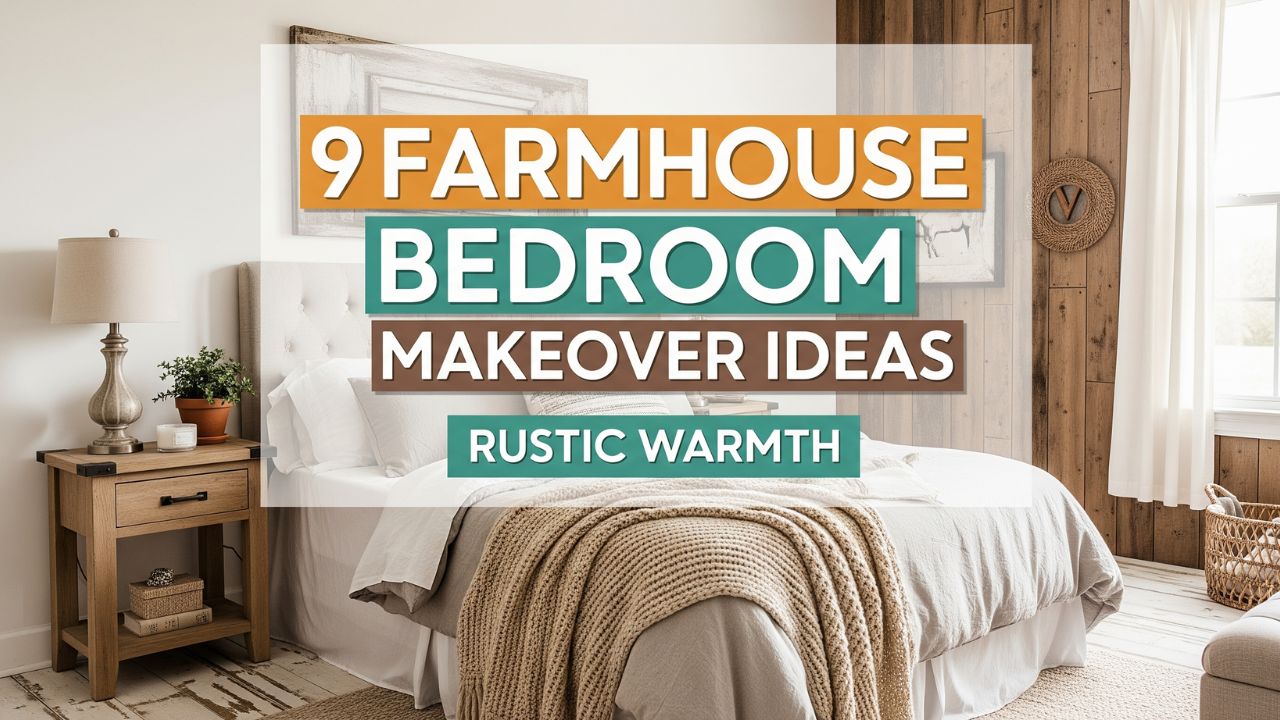Open-concept homes have redefined modern living, allowing the living room and dining room to flow effortlessly into one another.
While this layout offers a sense of spaciousness and connection, it also presents a unique design challenge: how do you decorate two different functional spaces so they feel harmonious yet distinct?
Interestingly, this isn’t a new dilemma. Centuries ago, grand estates often combined parlors and dining halls into one multifunctional room.
Today, the trend is back—but with a fresh, stylish twist. If you’ve ever felt overwhelmed by trying to make your living and dining room look cohesive, you’re not alone. The good news is, with the right tips and tricks, your combined space can be both practical and Instagram-worthy.
Let’s explore twelve timeless yet trendy decorating ideas to make your living and dining combo space shine.
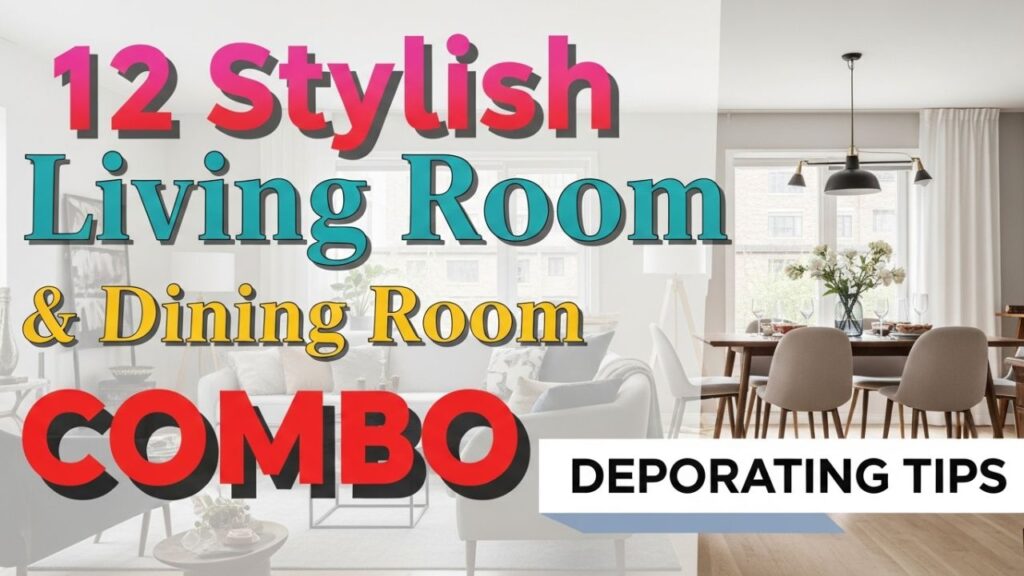
Table of Contents
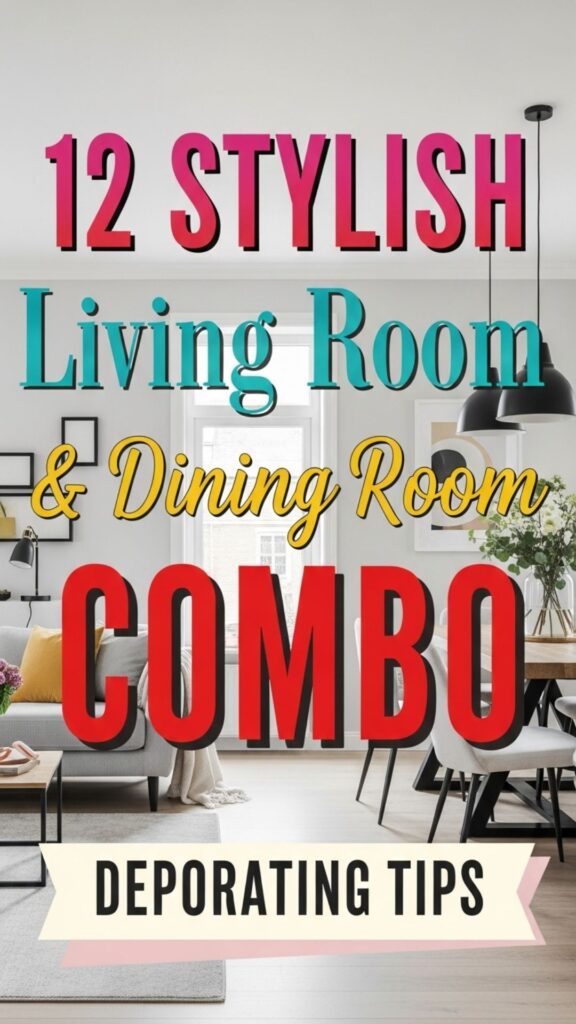
12 Best Living Room & Dining Room Combo
1. Define Each Area with Rugs
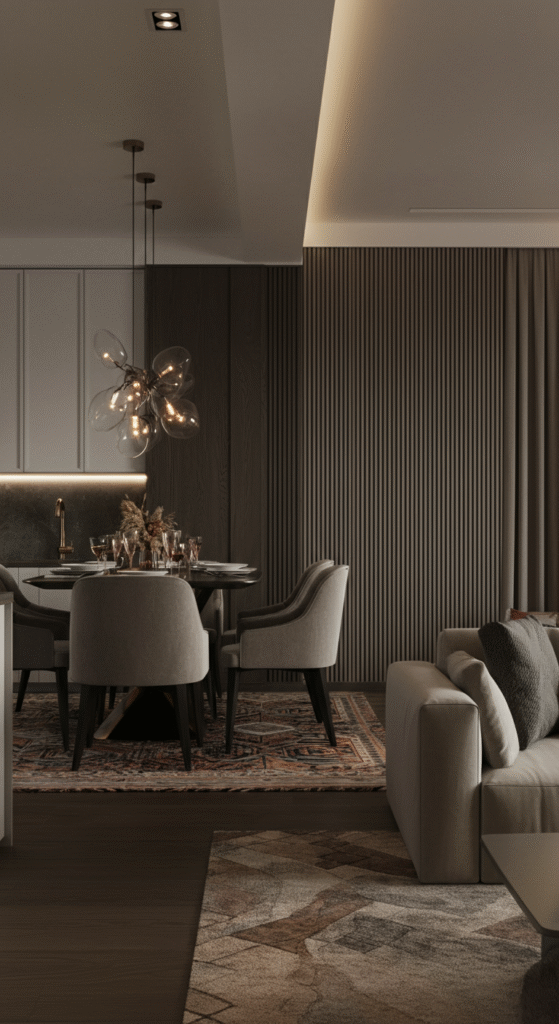
Rugs aren’t just cozy underfoot—they’re powerful design tools. By placing a rug under your dining table and another in your seating area, you naturally create visual boundaries.
Do you know? Interior designers often call rugs “room makers” because they anchor furniture and give purpose to open areas. A patterned rug under the dining table can set a formal tone, while a soft, textured rug in the living room can make it feel inviting.
2. Use Lighting as a Separator
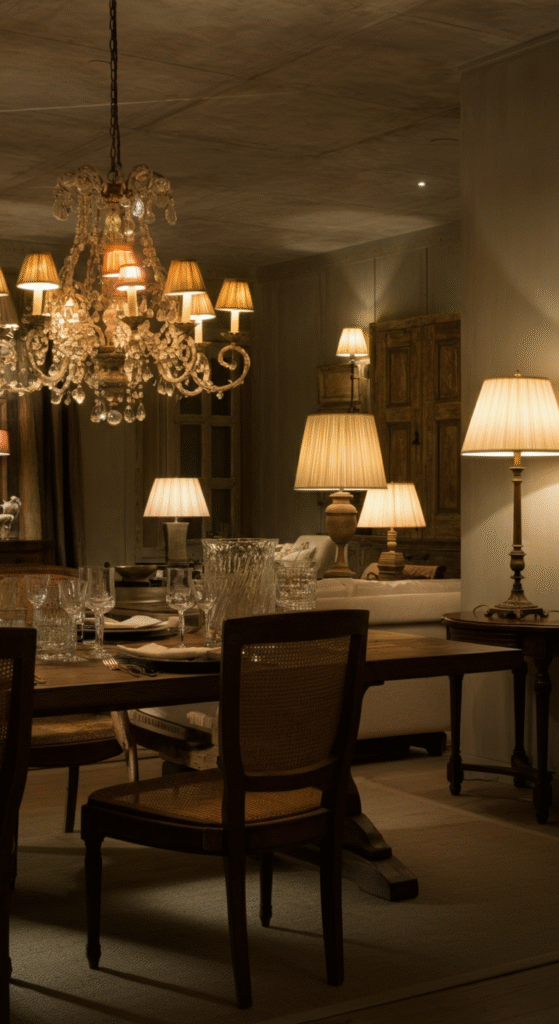
Lighting does more than brighten a room—it defines ambiance. Hang a chandelier or pendant above your dining table to emphasize mealtime gatherings. In the living area, use floor lamps or layered table lamps to build a cozier, more relaxed atmosphere.
A common myth is that only overhead lights are functional. In reality, layered lighting is essential: ambient, task, and accent lights each play a role in setting the right mood for different activities.
3. Choose a Unified Color Palette
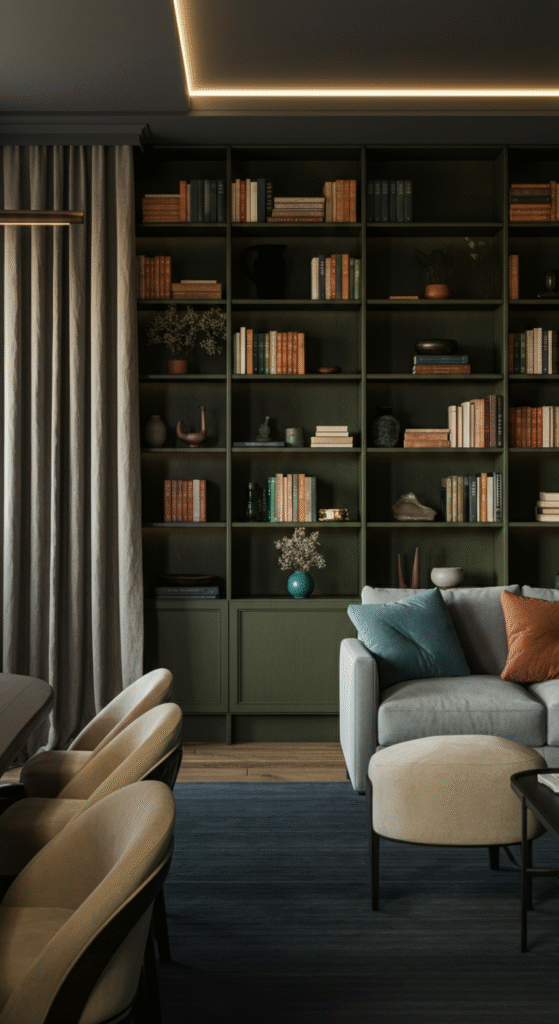
Nothing ties two spaces together more effectively than a consistent color story. Pick a base palette of two or three colors that run through both the living and dining zones. This doesn’t mean everything has to match exactly, but harmony is key.
For example, if your sofa is in a cool gray tone, consider dining chairs with gray upholstery or curtains that carry hints of the same shade. This repetition creates flow without monotony.
4. Furniture Placement Matters
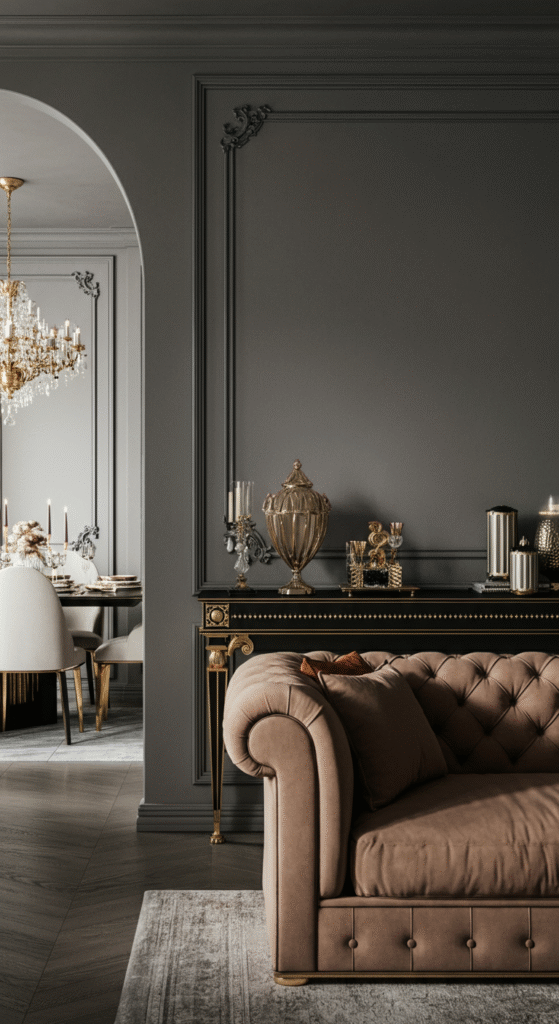
Strategic placement can separate spaces without physical walls. Position your sofa so that its back faces the dining area, subtly dividing the room. Alternatively, a console table behind the sofa can act as both a visual barrier and a practical storage solution.
Fact: In Feng Shui, furniture placement influences not only movement but also the perceived energy of a room. Positioning pieces thoughtfully can create balance in open layouts.
5. Add Statement Pieces to Each Zone
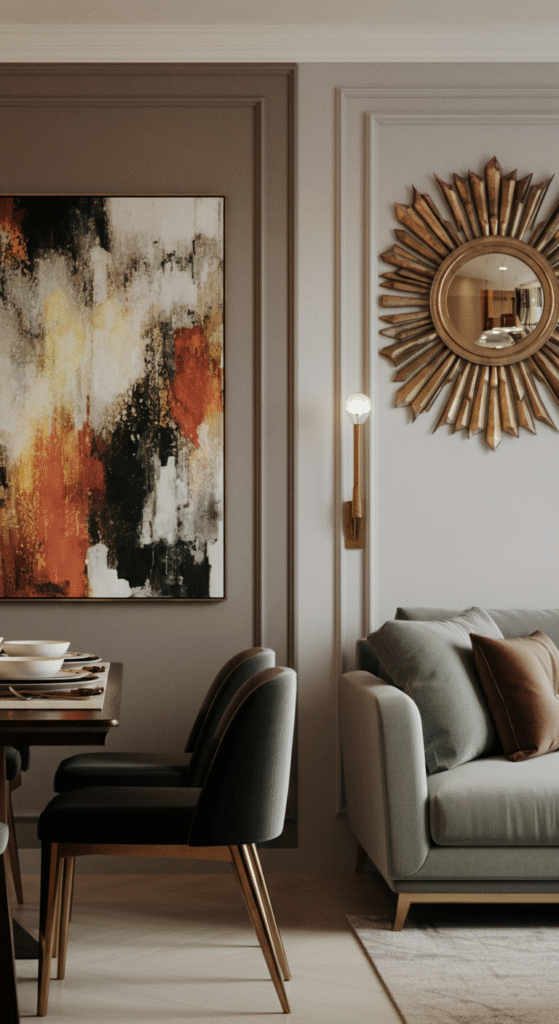
Think of statement pieces as conversation starters. A bold artwork in the dining area or an oversized mirror in the living room can give each space its own personality.
Interestingly, mirrors aren’t just decorative—they reflect light and make spaces feel larger. In historical European homes, mirrors were considered luxury items, often used to enhance candlelight in dining halls.
6. Incorporate Multifunctional Furniture
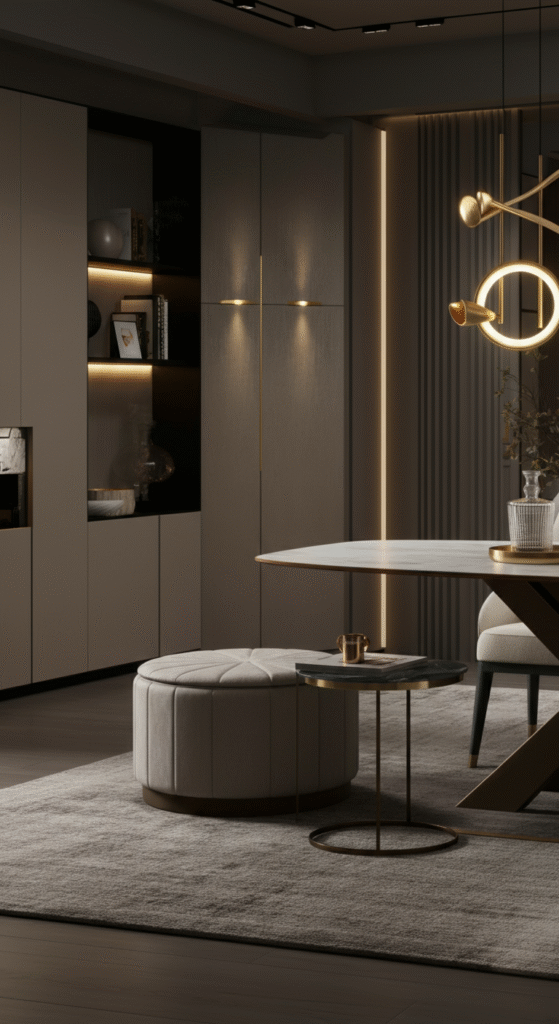
When two rooms merge into one, functionality becomes crucial. An extendable dining table, storage ottoman, or nesting side tables can adapt to your needs while saving space.
Did you know? Multifunctional furniture gained popularity in the 20th century during urban booms, when small apartments demanded smart design solutions. Today, it’s just as relevant in open layouts.
7. Play with Textures and Materials
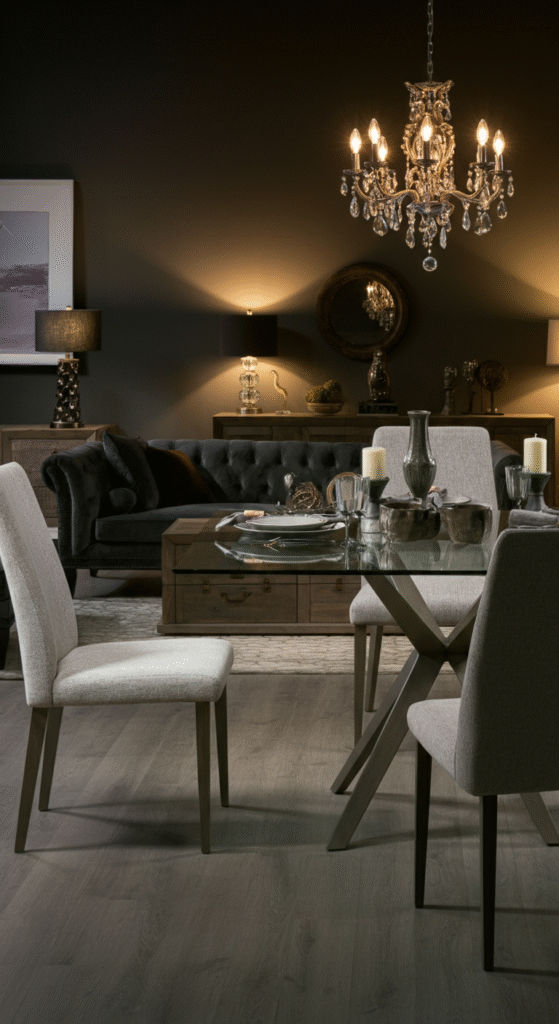
Textures add depth and prevent the space from feeling flat. For instance, pair a sleek glass dining table with a plush velvet sofa, or balance a rustic wooden dining table with modern metal accents in the living room.
Tip: Mixing materials creates a curated, designer-like finish. Just remember to repeat some textures across both spaces for unity—such as wooden chairs echoing a wooden coffee table.
8. Use Shelving or Open Storage as Dividers
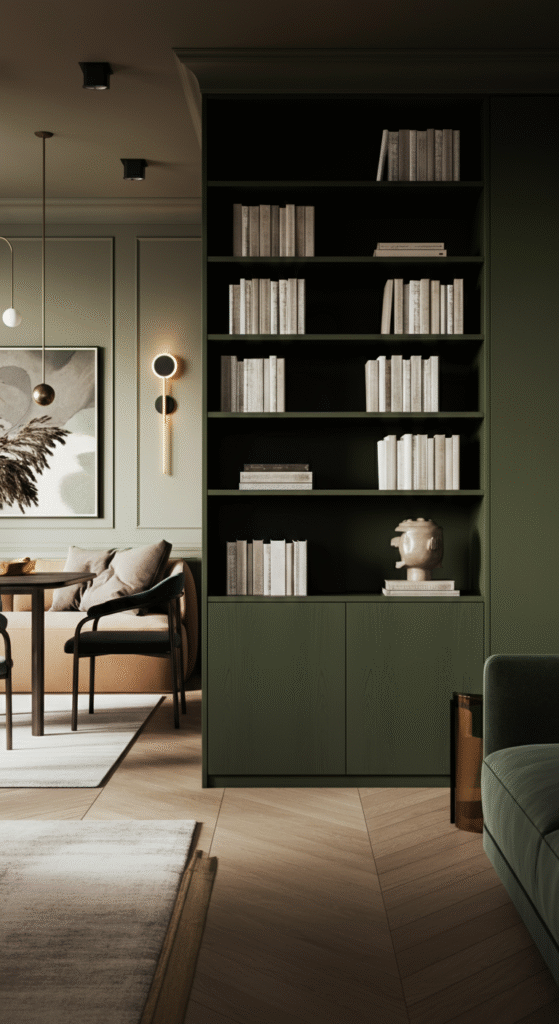
Instead of walls, open shelving units or low bookcases can act as subtle room dividers while offering storage. They create definition without blocking light or the sense of openness.
This idea has roots in mid-century design, when modular shelving systems became popular as a way to adapt to changing lifestyles and smaller living spaces.
9. Coordinate Dining and Living Room Decor Styles
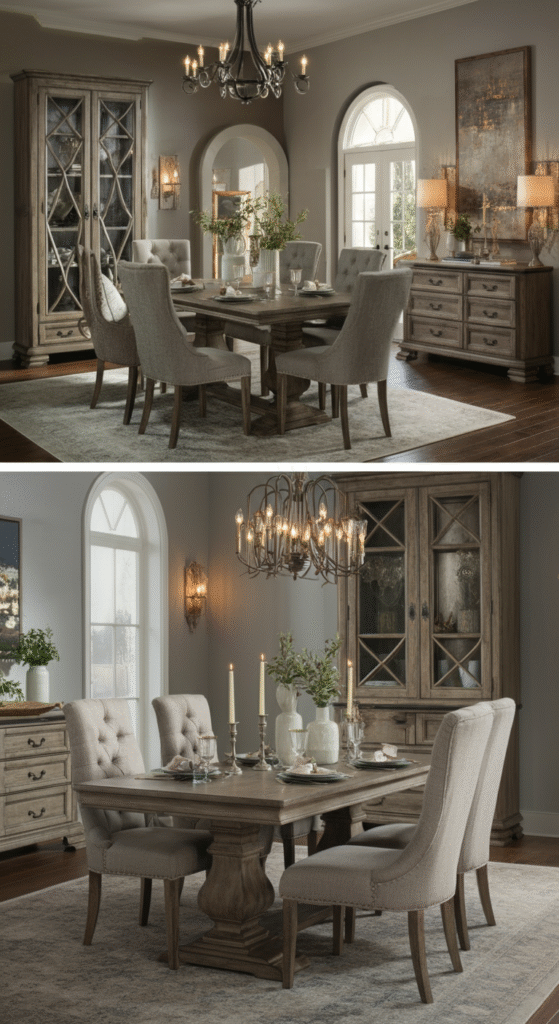
Whether your taste leans toward farmhouse chic, modern minimalism, or bohemian vibes, ensure both spaces reflect the same general style. This doesn’t mean every piece has to match, but they should complement one another.
Imagine a sleek modern dining set paired with a rustic, oversized sofa—without a common thread, the room feels disjointed. A unified style ensures fluidity.
10. Bring Nature Indoors with Greenery
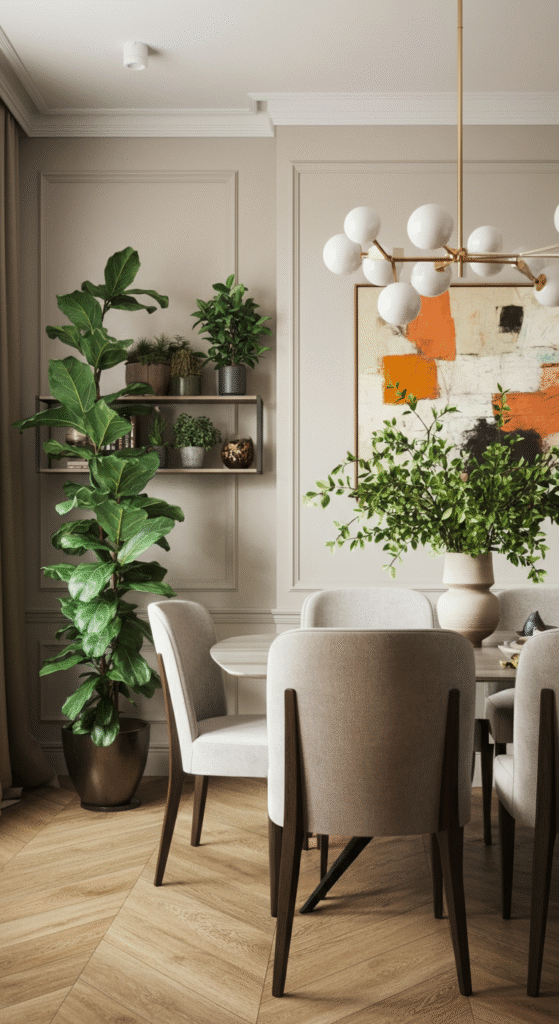
Plants are the ultimate unifiers. A tall fiddle-leaf fig tree in the corner can bridge both spaces, while smaller potted plants on shelves or the dining table add freshness.
Interesting fact: NASA once conducted studies showing indoor plants can improve air quality. Beyond aesthetics, they can genuinely enhance your living environment.
11. Balance Open Space with Thoughtful Layouts
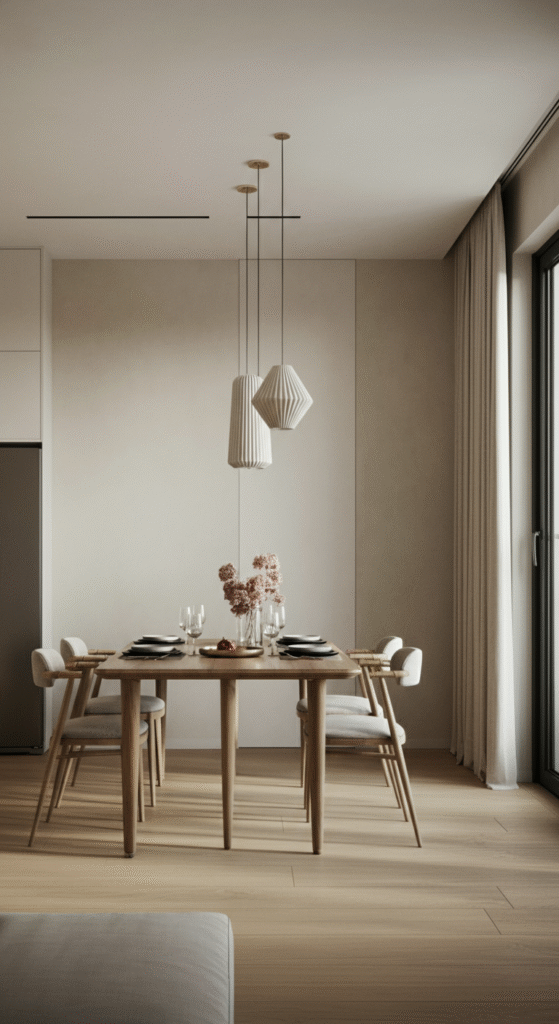
One of the biggest mistakes in decorating a combo room is overcrowding. Resist the temptation to fill every corner with furniture. Negative space, or empty space, is vital in design—it allows the eye to rest and makes the room feel larger.
In fact, minimalism as a design philosophy emphasizes this principle, proving that sometimes “less is more” is the best strategy.
12. Personalize with Art and Accessories
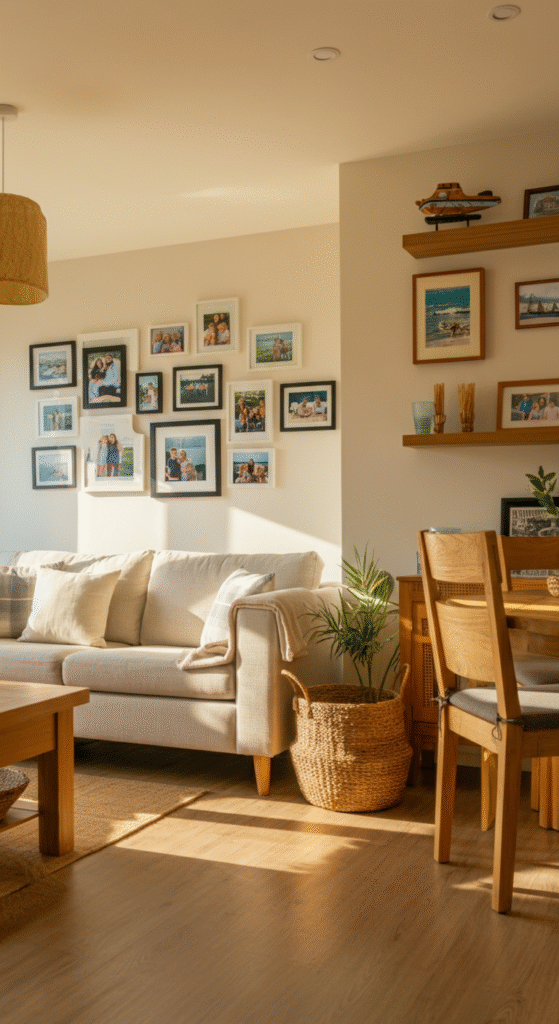
Finally, let your personality shine. Family photos, travel souvenirs, or unique artworks can tie the dining and living areas together while making the space feel authentically yours.
Remember: accessories don’t have to match, but they should tell a cohesive story. A set of woven baskets in the dining room can subtly connect with a textured throw blanket in the living area, for example.
Conclusion: Bringing It All Together
Designing a living and dining room combo doesn’t have to feel overwhelming. With the right strategies—like defining areas with rugs, creating cohesion with color palettes, and adding personal touches—you can strike the perfect balance between style and functionality.
The beauty of an open-concept home lies in its versatility. By blending design principles with your unique personality, you’ll create a space that’s both seamless and memorable.
Whether you’re entertaining guests at the table or relaxing on the sofa, your stylishly decorated combo will truly feel like the heart of your home.
Frequently Asked Questions (FAQs)
How do I make my living room and dining room combo look bigger?
You can make the space feel larger by using light colors, mirrors, and strategic furniture placement. Rugs and lighting help define zones without creating clutter, while avoiding oversized furniture keeps the layout open and airy.
What is the best color scheme for a living room and dining room combo?
The best approach is to choose a unified color palette of two to three complementary shades. Neutral bases such as whites, grays, or beiges work well, with accent colors like navy, emerald, or mustard to add depth and personality.
How can I separate my living and dining area without using walls?
You can use area rugs, open shelving units, or the back of a sofa to divide the space visually. Lighting fixtures, like a chandelier over the dining table and floor lamps in the living area, also help define each zone.
What kind of furniture works best in a living-dining combo?
Multifunctional furniture is ideal—extendable dining tables, storage ottomans, nesting tables, or console tables that double as dividers. Compact, streamlined pieces help maintain flow while maximizing function.
Can I mix different design styles in the living and dining room?
Yes, but it’s important to have a common thread. For example, if your dining room has rustic elements, you can balance your living area with modern furniture but repeat similar textures, colors, or materials to tie the two together.
